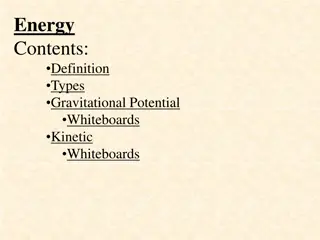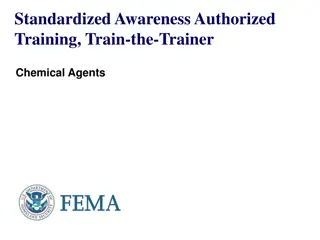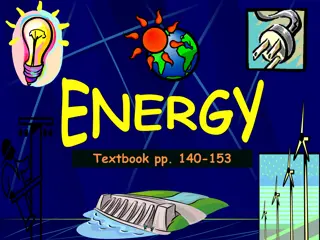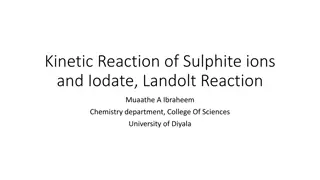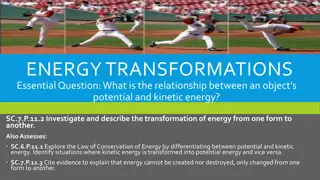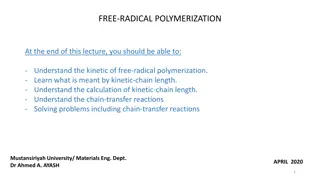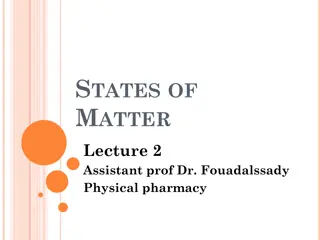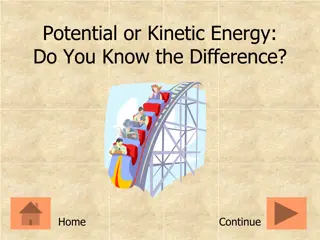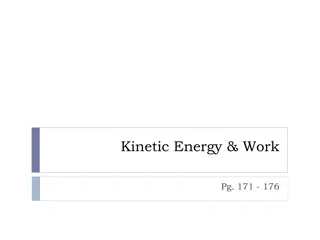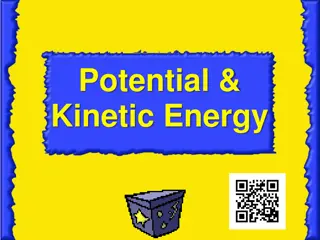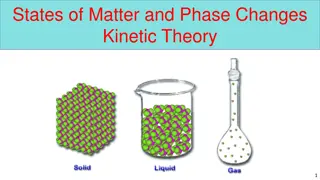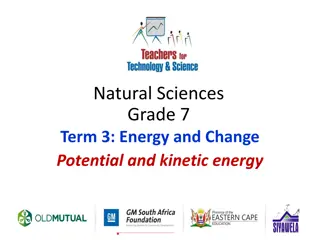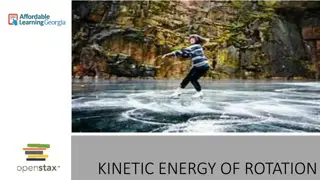
Temperature Dependence and Catalysts in Reaction Rates
Explore the concepts of temperature dependence in reaction rates, Arrhenius equation, activation energy, catalysts, and collision theory. Learn how temperature affects reaction rates, calculate activation energy, and understand the role of catalysts in speeding up reactions without being consumed.
Download Presentation

Please find below an Image/Link to download the presentation.
The content on the website is provided AS IS for your information and personal use only. It may not be sold, licensed, or shared on other websites without obtaining consent from the author. If you encounter any issues during the download, it is possible that the publisher has removed the file from their server.
You are allowed to download the files provided on this website for personal or commercial use, subject to the condition that they are used lawfully. All files are the property of their respective owners.
The content on the website is provided AS IS for your information and personal use only. It may not be sold, licensed, or shared on other websites without obtaining consent from the author.
E N D
Presentation Transcript
Temperature Dependence of the Reaction rate. Arrhenius Equation. Activation Energy Numerical Problems based on Arrhenius equation Catalyst Collision Theory of Reaction Rate
Few Examples Few Examples Time taken for half of the original amount of KClO3to decompose is 12 min at 50oC, 5 h at 25o C and 10 days at 0oC. A mixture of potassium permanganate (KMnO4) and oxalic acid (H2C2O4), potassium permanganate gets decolourised faster at a higher temperature than that at a lower temperature.
Temperature dependence of the rate Of the reaction Most of the chemical reactions are accelerated by increase in temperature. It has been found that for a chemical reaction with rise in temperature by 10 K , the rate constant is nearly doubled. The temperature dependence of Rate of a Reaction can be accurately explained by Arrhenius equation :- Where A = frequency factor R = Universal Gas Constant Ea = Activation Energy (J mol-1) T = Temperature in Kelvin.
If k1 and k2 are the rate constants measured at two different T1 and T2 temperature respectively then Ea can be determined as follow:
A catalyst is a substance which alters the rate of a reaction without itself undergoing any permanent chemical change. It is believed that the catalyst provides an alternate pathway or reaction mechanism by reducing reactants and products and hence lowering the potential energy barrier. A catalyst does not alter Gibbs energy of a reaction Catalyst helps in attaining the equilibrium faster by speeding up both the forward and backward reaction to the same extent. the activation energy between
According to the collision theory, the following criteria must be met in order for a chemical reaction to occur: Molecules must collide with sufficient energy, known as the activation energy, so that chemical bonds can break. Molecules orientation. A collision that meets these two criteria, and that results in a chemical reaction, is known as a successful collision or an effective collision. must collide with the proper
According to the collision when reactant molecules effectively collide. For an effective collision to occur, the reactant molecules must be oriented in space correctly to facilitate the breaking and forming of bonds and the rearrangement of atoms that result in the formation of product molecules collision theory theory of reactivity, reactions occur
In collision theory activation energy and proper orientation of the molecules decides the rate of reaction. Hence the rate cnstant equation finally becomes k= P Z AB e -Ea/RT where P = probability or steric factor Z AB = represents the collision frequency of reactants A and B molecules with energies equal to e -Ea/RT = represents the fraction of or greater than Ea (activation energy)

